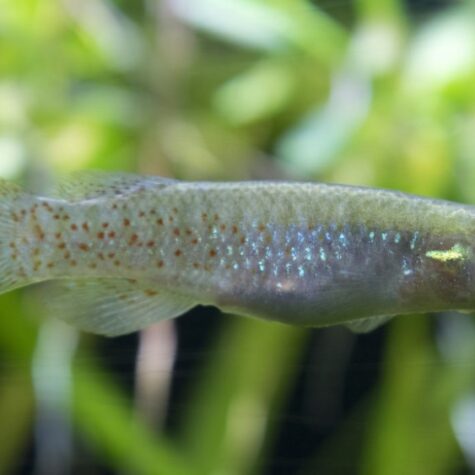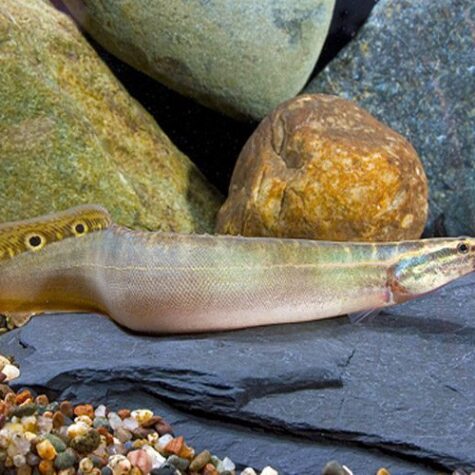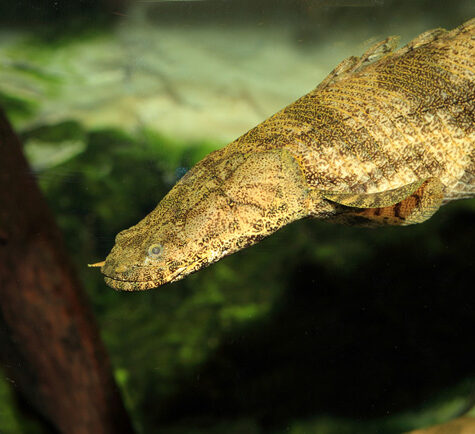$59.00 Original price was: $59.00.$57.00Current price is: $57.00.
*NOTE: AS A FISH FARM, WE DO NOT OFFER GENDER SPECIFIC SEXING ON FISH STOCK. REQUEST FOR MALES OR FEMALES CAN ONLY BE ACCOMMODATED IF THE ITEM SPECIFIES GENDER IN THE DESCRIPTION SUCH AS: MALE BETTA, FEMALE GUPPY, ETC SORRY FOR ANY INCONVENIENCE.
Out of stock
Native to: Asia, primarily China & Vietnam
Minimum Tank Size: 50 gal
Temp: 73-80° F
kH: 7–12 kH
pH: 7.9 – 8.4
Salinity: 1.010-1.024 (later in life seawater)
Max. Size: 6″
The Orange Saddle Fugu Puffer has an olive green back, a white belly and orange eyes. Just above and behind the pectoral fins, there are two thick black dots outlined in orange to yellow that are connected to each other by a thin line over the back. There is also a black dot outlined with orange to yellow about the dorsal fin of the fish. Gender differentiation is difficult if not impossible but during breeding season, the bellies of the female are larger than the males.
The Orange Saddle Fugu Puffer requires a large, heavily brackish to salt water aquarium with a fine sandy substrate and some rockwork, preferably live rock and plenty of swimming space. They enjoy burrowing into the sand where they can easily hide and ambush their prey and because they are fast swimmers and easily startled, they need plenty of swimming room.
Takifugu ocellatus are messy eaters so you should have an overcapacity filter on their tank to remove unwanted pollutants and ensure water quality. The Orange Saddle Fugu Puffer or Saddleback Puffer is frequently collected in fresh and brackish water rivers during the breeding season. For this reason it is erroneously sold by many stores as a freshwater species but consequently they are not long lived in fresh water and should be gradually acclimated to heavy brackish or saltwater over time.
The Orange Saddle Fugu Puffer is easy to feed and with the exception of fish, will eagerly accept and even beg for live and frozen foods such as krill, snails, shrimp, scallops, mussels, bloodworms, clams and other shellfish.
Puffers have the ability to inflate their elastic stomachs with water or air. This is usually a response to some kind of threat, although in the aquarium many specimens appear to inflate themselves for no apparent reason. The fish becomes 2 or 3 times it’s normal size, big enough to scare away many potential predators, or difficult to swallow. Puffers are also one of the few fish that can actually blink or close their eyes. Many parts of the body of puffers contain the deadly neurotoxin tetrodoxin. This is the same poison found in the notorious blue-ringed octopus. When ingested in sufficient quantities, it can cause paralysis and death. As yet there is no known antitoxin and to humans it is over 1000 times deadlier than cyanide. Puffer are a famous delicacy in Japan, but is prepared only by highly-trained chefs, and even then many people have died from eating it. This need not worry you.




